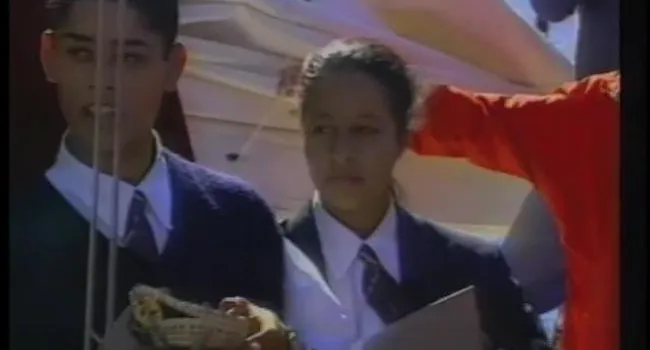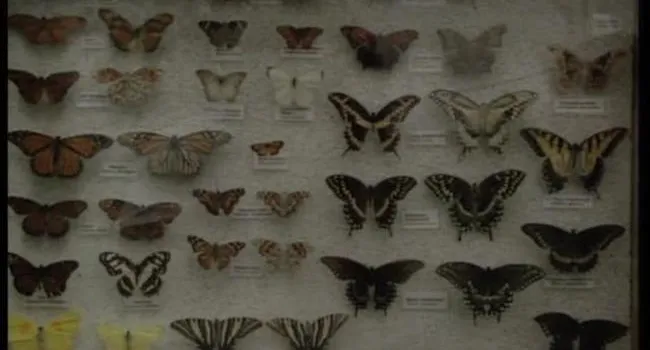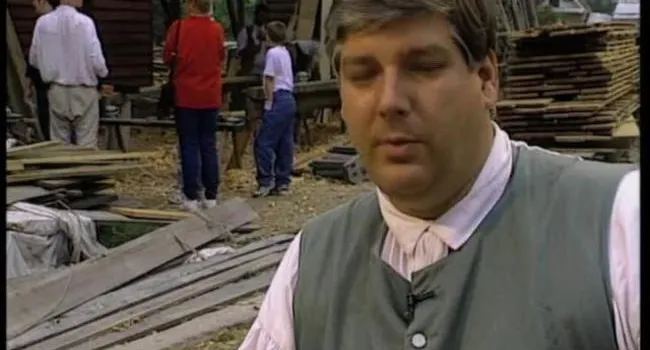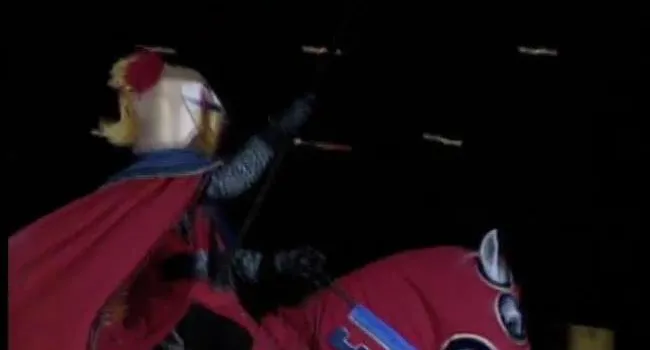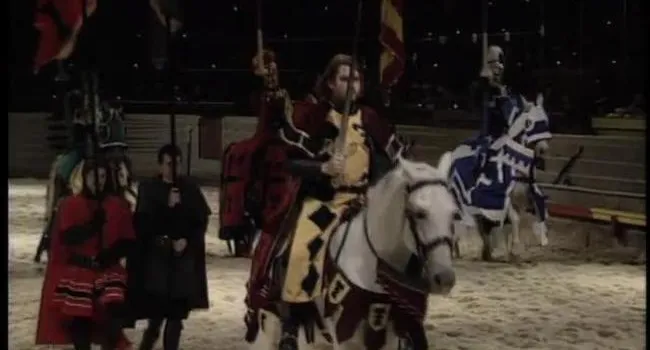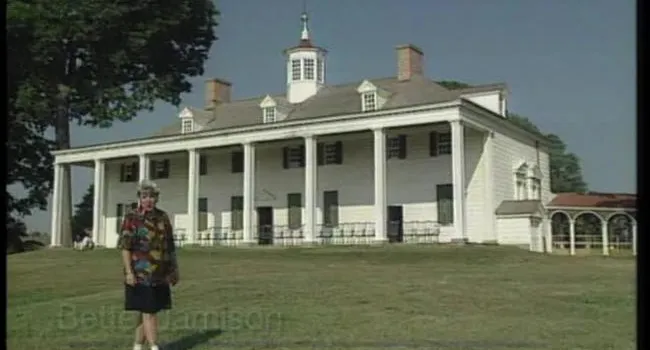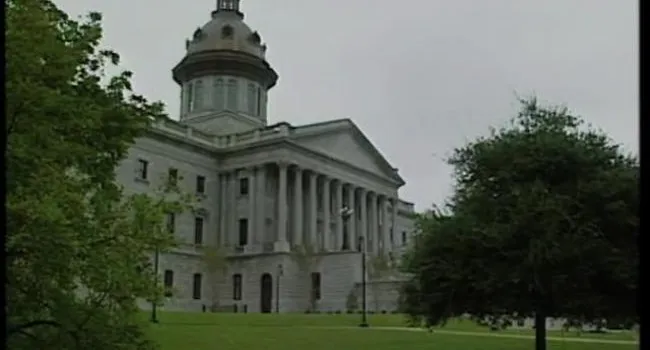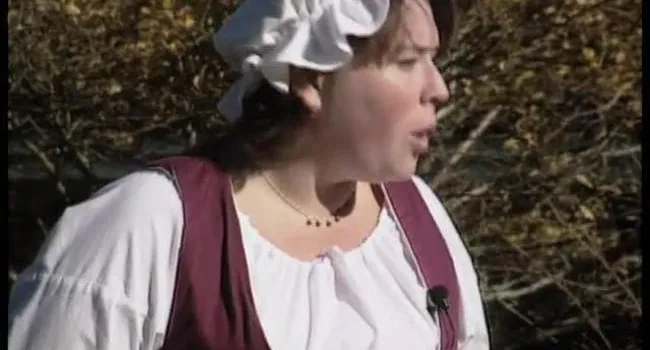The southeastern coast of the United States is dotted with many barrier islands -- long narrow strips of land that protect the salt marsh behind them and the land itself. In South Carolina, one of these barrier islands is Hunting Island, near Beaufort. Hunting Island State Park is dedicated to preserving the natural beauty of the coastal region and the ecology of the barrier island. At Hunting Island State Park, naturalists explain that these islands migrate, or constantly change, with the building up or the washing away of sand. Three varieties of palmetto trees -- the cabbage palmetto, the saw palmetto, and the dwarf palmetto -- are found in the coastal forest near the beach. Sea creatures are introduced to students at the park. The sand dollar, the starfish, and the sea urchin are all spiny-skinned animals. The plain box crab, the stone crab, and the loggerhead sea turtle all visit this island.
At Huntington Beach State Park (below Myrtle Beach, South Carolina), visitors explore the salt marsh and the delicate ecology found there. Two high tides and two low tides each day keep the salt marsh in constant change. The fiddler crab constantly waves its big claw in the air to attract females, and eats the decaying plant materials in the marsh. Other birds and animals in the marsh eat the fiddler crab as part of the food chain. Alligators and crocodiles are both found at Huntington Beach State Park. Alligators cannot stay in salt water long, and are not as aggressive as crocodiles. The crocodile is a salt-water species, and is usually larger and more aggressive than the alligator.
Standards
- 3-1 The student will demonstrate an understanding of places and regions in South Carolina and the role of human systems in the state.
- People utilize, adapt to, and modify the physical environment to meet their needs. They also identify regions based on geographic and human characteristics to help them interpret Earth’s complexity. To understand how people interact with the phy...
- 3-1.1 Categorize the six landform regions of South Carolina—the Blue Ridge, the Piedmont, the Sand Hills, the Inner Coastal Plain, the Outer Coastal Plain, and the Coastal Zone— according to their climate, physical features, and natural res...
- 3-1.2 Describe the location and characteristics of significant features of South Carolina, including landforms; river systems such as the Pee Dee River Basin, the Santee River Basin, the Edisto River Basin, and the Savannah River Basin; major cities; a...
- People utilize, adapt to, and modify the physical environment to meet their needs. They also identify regions based on geographic and human characteristics to help them interpret Earth’s complexity. To understand how people interact with the phy...
- Global citizenship begins with the initial understanding of Earth’s major features and how geographic information is used to learn about those features.
- 3.2.2.ER Identify and analyze the ways people interact with the physical environment in different regions of the state, the country, and the world.
- Life Science: Environments and Habitats
- 3.L.5 The student will demonstrate an understanding of how the characteristics and changes in environments and habitats affect the diversity of organisms.
- 3.L.5A The characteristics of an environment (including physical characteristics, temperature, availability of resources, or the kinds and numbers of organisms present) influence the diversity of organisms that live there. Organisms can survive only in...
- 3.L.5B When the environment or habitat changes, some plants and animals survive and reproduce, some move to new locations, and some die. Fossils can be used to infer characteristics of environments from long ago.
- 3.L.5 The student will demonstrate an understanding of how the characteristics and changes in environments and habitats affect the diversity of organisms.
- Earth Science: Changes in Landforms and Oceans
- 5.E.3 The student will demonstrate an understanding of how natural processes and human activities affect the features of Earth’s landforms and oceans.
- 5.E.3A Some of the land on Earth is located above water and some is located below the oceans. The downhill movement of water as it flows to the ocean shapes the appearance of the land. There are patterns in the location and structure of landforms found...
- 5.E.3B Earth’s oceans and landforms can be affected by natural processes in various ways. Humans cannot eliminate natural hazards caused by these processes but can take steps to reduce their impacts. Human activities can affect the land and ocean...
- 5.E.3B.2 Develop and use models to explain the effect of the movement of ocean water (including waves, currents, and tides) on the ocean shore zone (including beaches, barrier islands, estuaries, and inlets).
- 5.E.3B.3 Construct scientific arguments to support claims that human activities (such as conservation efforts or pollution) affect the land and oceans of Earth.
- 5.E.3B.4 Define problems caused by natural processes or human activities and test possible solutions to reduce the impact on landforms and the ocean shore zone.
- 5.E.3 The student will demonstrate an understanding of how natural processes and human activities affect the features of Earth’s landforms and oceans.
- Ecology: Interactions of Living Systems and the Environment
- 7.EC.5 The student will demonstrate an understanding of how organisms interact with and respond to the biotic and abiotic components of their environments.
- 7.EC.5A In all ecosystems, organisms and populations of organisms depend on their environmental interactions with other living things (biotic factors) and with physical (abiotic) factors (such as light, temperature, water, or soil quality). Disruptions...
- 7.EC.5A.1 Develop and use models to describe the characteristics of the levels of organization within ecosystems (including species, populations, communities, ecosystems, and biomes).
- 7.EC.5A.3 Analyze and interpret data to predict changes in the number of organisms within a population when certain changes occur to the physical environment (such as changes due to natural hazards or limiting factors).
- 7.EC.5B Organisms in all ecosystems interact with and depend up on each other. Organisms with similar needs compete for limited resources. Food webs and energy pyramids are models that demonstrate how energy is transferred within an ecosystem.
- 7.EC.5B.3 Analyze and interpret data to predict how changes in the number of organisms of one species affects the balance of an ecosystem.
- 7.EC.5B.4 Define problems caused by the introduction of a new species in an environment and design devices or solutions to minimize the impact(s) to the balance of an ecosystem.
- 7.EC.5A In all ecosystems, organisms and populations of organisms depend on their environmental interactions with other living things (biotic factors) and with physical (abiotic) factors (such as light, temperature, water, or soil quality). Disruptions...
- 7.EC.5 The student will demonstrate an understanding of how organisms interact with and respond to the biotic and abiotic components of their environments.

